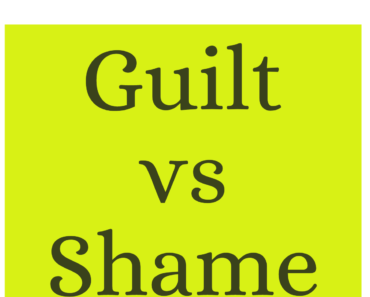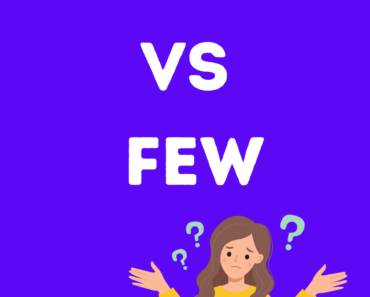When choosing between “with” and “within,” it’s essential to grasp their distinct meanings and uses. “With” generally indicates association, accompaniment, or possession, often used to express a relationship between two entities. For instance, “She arrived with her friend.”
On the other hand, “within” conveys a sense of enclosure or limits, often referring to something happening inside spatial, temporal, or metaphorical boundaries, such as “Please respond within 24 hours.”
Definitions
With
With is a preposition used to indicate association, means, accompaniment, or possession. It’s used to show that two or more entities are together or involved in some joint action.
Within
Within is a preposition that indicates something happening inside the confines of something else, be it time, space, or a conceptual boundary. It is used to specify limits.
Usage and Examples
With
- Association or Accompaniment:
- She came with her parents to the meeting.
- I will go with you to the store.
- Means or Instrumentality:
- He cut the paper with scissors.
- She wrote the note with a pen.
- Possession:
- The man with the blue hat is my uncle.
- She was the woman with the briefcase.
Within
- Spatial Limits:
- The treasure was found within an old chest in the attic.
- He lives within the city limits.
- Temporal Limits:
- You should finish the assignment within two days.
- The contract must be signed within a week of receipt.
- Intangible or Conceptual Limits:
- Within the scope of this project, we must consider environmental impacts.
- Stay within the guidelines provided for the essay.
Both “with” and “within” serve crucial roles in English, each providing a way to express relationships or boundaries. Understanding their differences enhances clarity and precision in communication.







